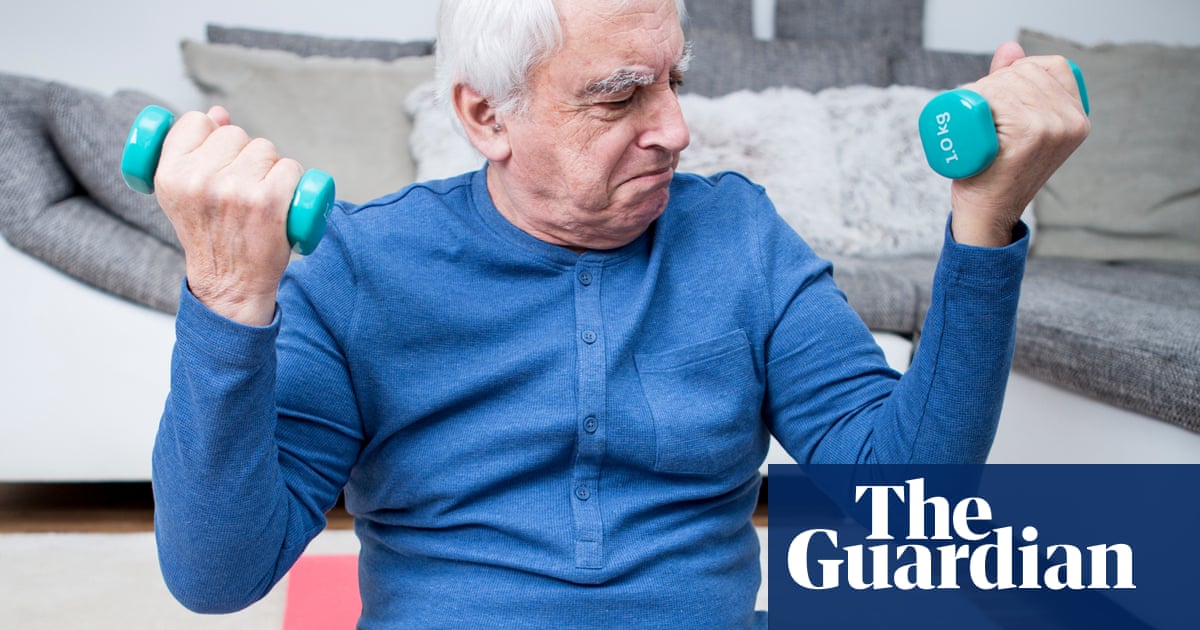Hannah Coates’ article (From strength training in your 20s to yoga in your 80s: how to reach peak fitness at any age, 31 May) covered ages up to 80, as did another similar article earlier in the week (28 May). What about those over 90 like myself, 94, still active on the rowing machine (11 minutes 16 seconds for 2,000 metres)? In the same week, there was also an article describing avery fit 105-year-old. Our county, Surrey, is home toBritain’s oldest personat 115. Don’t forget the over-90s in your articles on fitness.David BentleyEnglefield Green, Surrey
I and my 80-plus-year-old friends fell about (voluntarily) laughing when we read that we can consider ourselves “in good form” if we can walk unaided for 10 minutes. Since many of us regularly hike, garden, swim, cycle and play tennis, we clearly need to examine much more closely the fitness standards for our age group. Or maybe we should just retire to our Bath chairs?Shirley FosterSheffield
I didn’t know whether to laugh or cry when I read your article. Yes, my 82-year-old neighbour can walk unaided for 10 minutes – he’s just completed two complete circuits of Richmond Park on his bike. My wife, a 77-year-old whippersnapper, walks six miles with our dogs each day, has recently completed the Couch to 5K running programme, attends barre and yoga classes each week and teaches pilates. These are healthy people of a certain age. There are many just like them. Please don’t confuse ageing with incapacity.Laurence KayeSunbury-on-Thames, Surrey
Hannah Coates describes a terrible cliff edge at 80, when we should apparently be pleased if we can walk for 10 minutes. I first joined a rambling club 20 years ago, when I was in my early 60s. I can walk 10 miles unaided, thank you for asking. It may take me five hours though.Janet VauxLondon
It was great to read about Sarah Roberts (‘Never think you’re too old’: meet the world’s fastest 75-year-old woman, 31 May). As a 61-year-old, I was reminded of a recent run I did on holiday. After I had finished, I looked at my new GPS-enabled sports watch my wife Tracy had recently bought me and was astonished to see I had run the last three miles at an average of 4 minutes 15 seconds per mile!
It was only a short while after, I reminded myself I had been running around a cruise ship and we had been sailing at around 20 knots.Huw AdamsCirencester, Gloucestershire
Have an opinion on anything you’ve read in the Guardian today? Pleaseemailus your letter and it will be considered for publication in ourletterssection.
